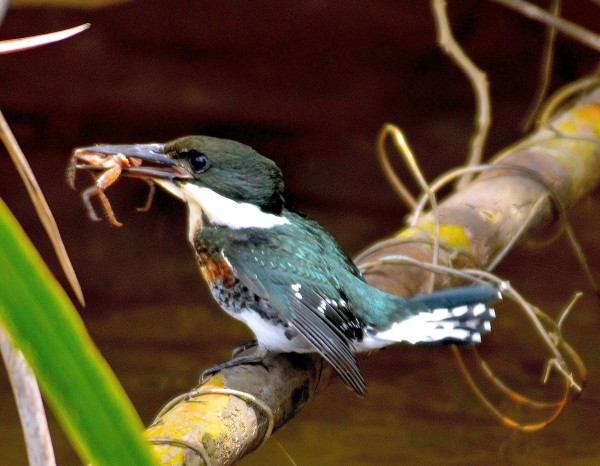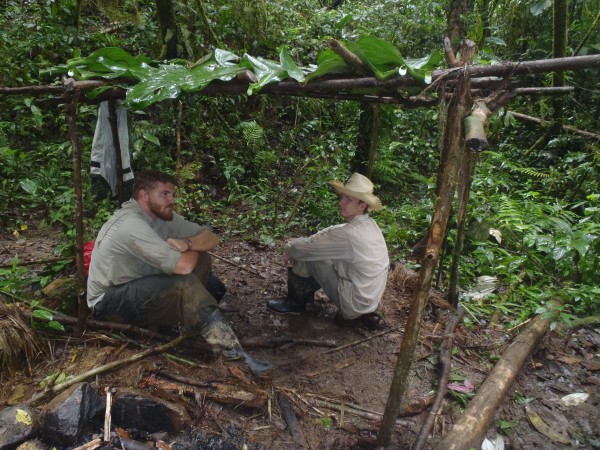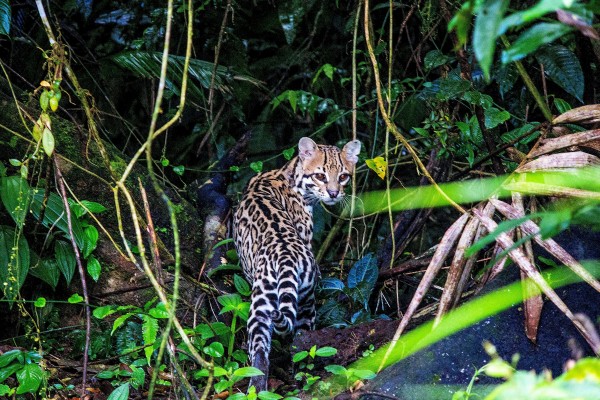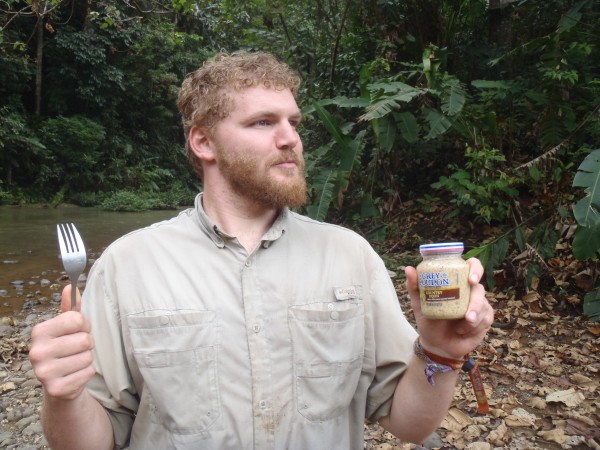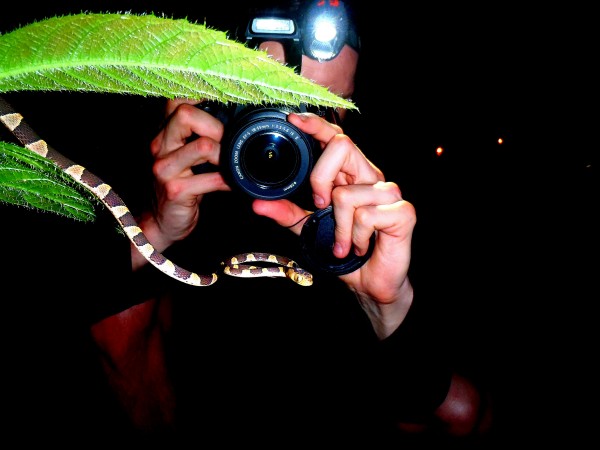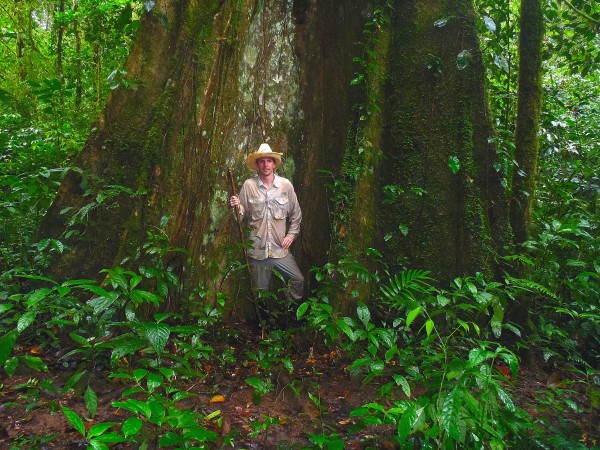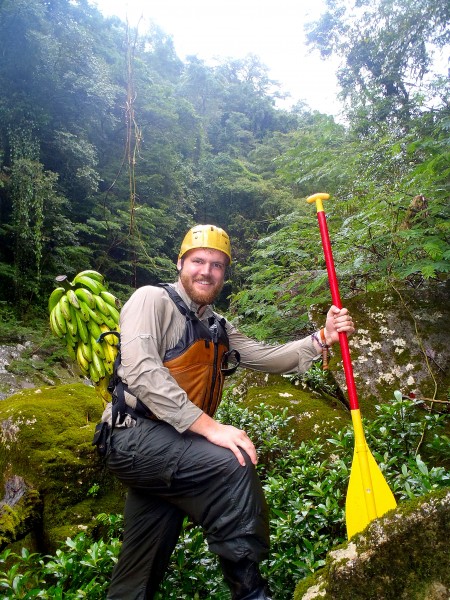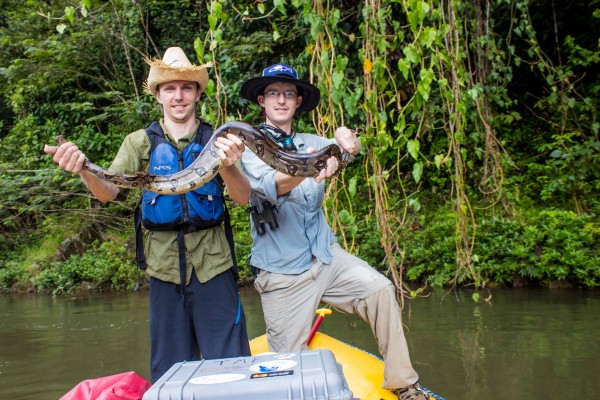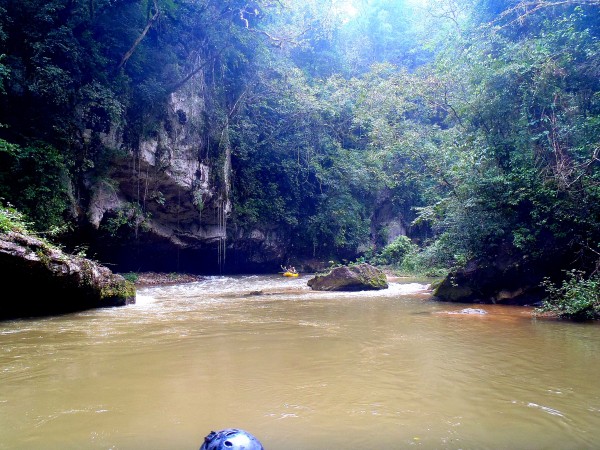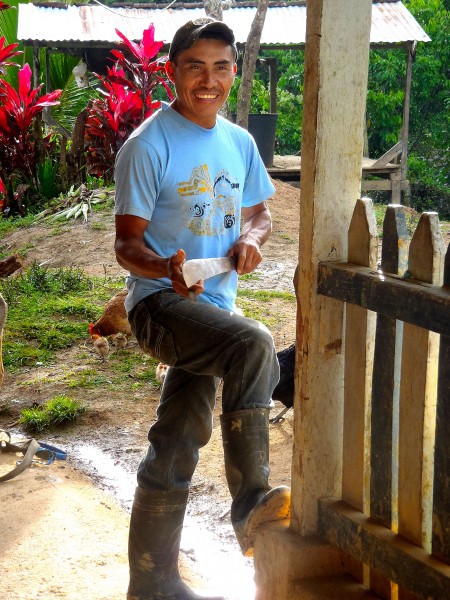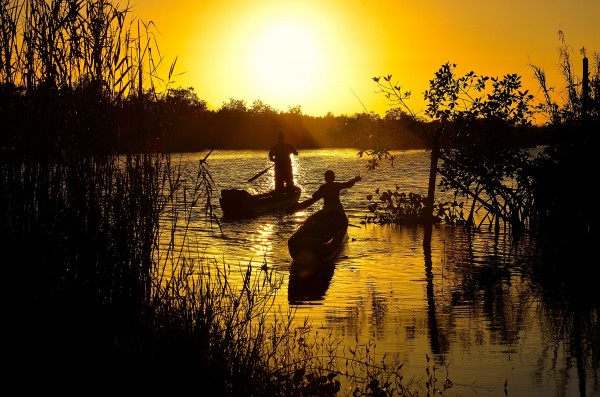We had a topo map from a Honduran Government office in Tegucigalpa. It was a good map but still had white squares scattered about saying “topography not determined”.
After 180 miles of rafting, hiking and mules we reached the ocean. We descended the Rio Platano from the headwaters to the Atlantic Ocean.
This area is considered the largest intact lowland rainforest left in Central America.
I grew up visiting family in Honduras. I had heard about the Platano/ Nothern Moskitia region since I was young. On a whim I took my wife to visit Copan Ruinas, a beautiful friendly town that asks you to stay. I added this expedition before her arrival.
The usual Honduran arrival begins in San Pedro Sula. While waiting for the bus, water started filling the airport terminal. In broken Spanish I tried to tell the Hedman Alas employee the situation. He said, (translated) “no worries”. I sat back down while putting my luggage on nearby chairs as the water rose. Then all hell broke loose when employees noticed it. They plugged the leak!
From San Pedro Sula, I took a bus to the formal calm coastal city of La Ceiba. As a child I have memories of a small concrete block building and waiting hours for a plane. You could bribe them to get where you wanted. As a friend says, “I have never met a Honduran you couldn’t bribe”.
The bribes are from the drug guys these days. At least you don’t have to worry about the banditos!
I never realized going to a Pollo Express (counterpart to KFC) in La Ceiba would have me patted down by local security with big guns.
Aside from not being able to sleep for a few nights (because of gunfire) I was ready for the Rio Platano!!!
Jorge met me at the door and asked if I needed anything. He then said he had to run to the Congrehal river to pick up folks.
As soon as Jorge left a Canadian couple came by asking about rates to stay there. I said, “I am just a customer and don’t know how to call Jorge”. They decided to check the establishment. A screech came out of a room and they were not far behind it.
They were yelling, “there is something in the toilet”. I started asking questions “was it a bug? Or snake?” A Pech Indian emerged from a dark room next to us and went in while smiling. He walked out with a chunk of Tapir he had salted and was drying in a vacant bathroom. His name is Humberto, Pech Indian, and master of the upper Platano River.
I met in La Ceiba with my brother and friend a few days later. Aside from having coffee with my uncle I felt La Ceiba has changed a lot. (always good to have family in these parts).
With our contact/Guide, Mino, we drove 14 hours from La Ceiba to a village called Bonanza in Colon Province. We spent hours looking for rubber boots in Juticalpa and Catacamas. We found them at a country store just outside of Catacamas, where Mino’s former Biology teacher was working!
Through dirt roads with no signs we drove for hours. The roads got rough, and the Hondurans got tougher. We ended up at the end of the road in the headwaters of the Rio Patuca, a one-day hike to the Rio Platano’s headwaters. As we roared through Bonanza I asked Mino, “do you ever see gringos come through here?” He laughed and said, “Alone? No, it is too dangerous”.
A wonderful family cleared out a room in their house for us to sleep. They fixed us dinner, while we negotiated for mules to help transport gear the following morning. At this point I was arranging my sleeping spot and asked Mino where the “sleeping sheets” were. He looked perplexed, and asked, “you didn’t bring sleeping sheets”? I replied, “You said you had them, I brought the tents”.
Situated at around 2,200 meters it was a bit chilly (Honduran standards), and I was glad for the various fleece clothing I brought. We ended up buying a few sheets from the family. In the morning we would descend to the hot and humid lowlands.
Sunrise came quick, and gear was assembled. We ended up hiring 4 mules and their drivers to haul gear. When confident everything was going to be loaded we said thanks and goodbye to our host family.
I quickly realized why Mino had insisted on finding rubber boots for all. The path, more of what in Tennessee we call a “man-way” was a bit muddy. Rain was coming down in sheets but Mino was still pointing out birds and plants. We passed through recent slash and burn by locals and some by the narcos. Switchbacks are unknown around here, just up and down with the trail a running soup of mud and water. We made good time and by 11:00 am we were on the divide between the Rio Platano and the Rio Patuca. All downhill from here!
We caught up with the mules and drivers near a small tributary an hour later. Mino was somewhere behind us helping escort a member of the crew that signed on the morning we left La Ceiba. This virgin forest was spectacular. We had lunch while I played in the creek picking up snails and catching crabs, waiting for Mino and hoping we had gone the correct way.
A few hours past, and the rain set in good. Remnants of an old lean-to were nearby so we decided to put some leaves over the top and try to not drip with water. I was joking with Ted and Zeke, “I bet these leaves are toxic”, as we stacked them on. “I wonder why no one has cut these. Mino’s going to get on us”.
He did. They showed up and he asked loudly, “Did you build this? That plant’s sap will make permanent birthmarks on you”. He checked our makeshift shelter gave a “Hmmm” then sat down with us (under it).
We followed this tributary to an old clearing with an open mahogany shelter built 50 years ago. We were greeted by six Great Green Macaws and a couple Scarlet hanging out squawking just past the shelter. We were at the Rio Platano! Here two creeks flow together and become the Platano proper. Thanks to the rain, we decided we could inflate the rafts and start here in the morning. As well as have a dry place for the night.
The river had dropped during the night but we decided to start floating and quit walking. It was a bit bony in stretches and machetes came in very handy throughout the day to clear trees blocking the channel. Gathering water from numerous tributaries it quickly turned into a river by days end. Nothing over class II.
As we floated, Mino would point out birds. This here, a that there. Mino is a Moskitia Indian and knows almost all the flora and fauna. Though his English is great, it became confusing at times when discussing various species and more scientific stuff. It became a game of telephone starting with the language Pech (between Humberto and Mino), to Moskitia, then Spanish, and broken English at the end. We all laughed while trying to turn a Pech Indian words into a direct translation in English.
The campsites we made were great, a couple big tarps, pull the raft under one (for lounging) and always a fire. We caught fish for dinner when daylight allowed. If not it was always a bunch of goodness we packed in watertight blue barrels.
Each night we would hunt for herps (my brother Ted’s specialty). We ascended mountain creeks listening for calls and looking for eyeshine. We found glass frogs, other species and many other nocturnal creatures. I finally admitted that my 10 year-old Black Diamond headlamp (first generation LED) has been outpaced by Walmart specials for 15 bucks. I love new BD LED as well!
The river was pristine. I would take a picture of a 15 foot dbh tree, with hundreds others around. An untouched place.
On day three we entered Subterraneo . The river doesn’t go underground, yet is blocked by a series of sieves/ giant house sized boulders and tough rapids (maybe class 5ish). Definitely runnable, but we were here to look at fauna, the rapids are a bonus.
We portaged 3 sections. The first, we left gear in the boat and lined it down. Humberto made sure we carried the bananas over the rock pile (while our gear was left). The banana backpack was constructed. You don’t want to cross a Pech Indian with lost bananas!
All the portages went smooth, no fer-de-lance, or other wild critters getting us. When warned of the fer-de-lance, Mino said, “beware of the fer-de lance”. A person among us was confused and said, “fertile ants, what will they do?”
The river opened up a bit after Subterraneo. I walked many of the sandbars that now appeared. Fresh Jauguar and Tapir tracks on most, but no mussels! Mino kept saying this is the last rapid each time we put the life vests on. We soon coined the phrase; “last rapid until the next I think”.
As we approached the village of Las Marias, I noticed a lean-to on a small island. I asked Mino, “Poacher?”. He said, “No. Humberto’s hunting camp”. Then Mino shouted to Humberto, “did you shoot the Tapir?” I started laughing about the incident in Jorge’s bathroom full of dried tapir.
We hired a boat at Las Marias for the coast. 50 foot Mahogany dugout with a 40 hp Yamaha. We reached the sea. It was then a 4x4 12 hour drive along the beach to get to a road, and back to La Ceiba.
Sorry to say no rock found.
